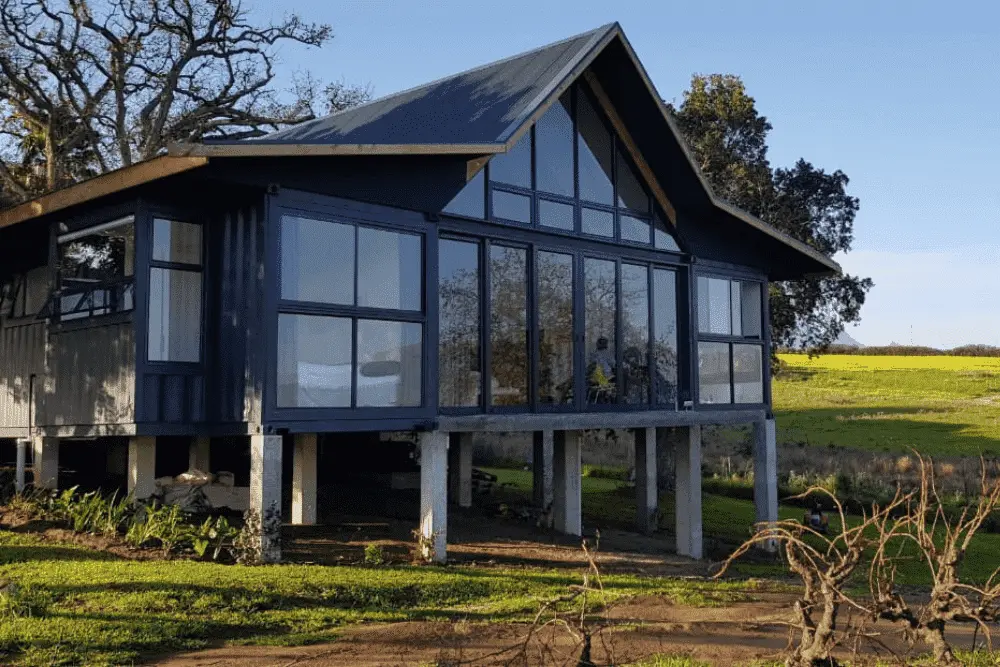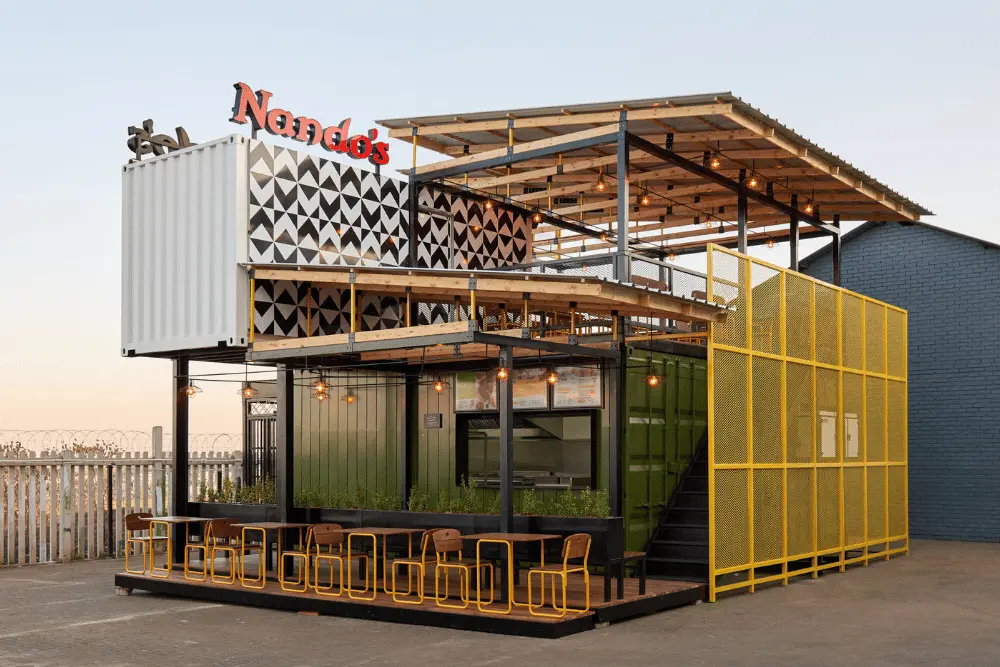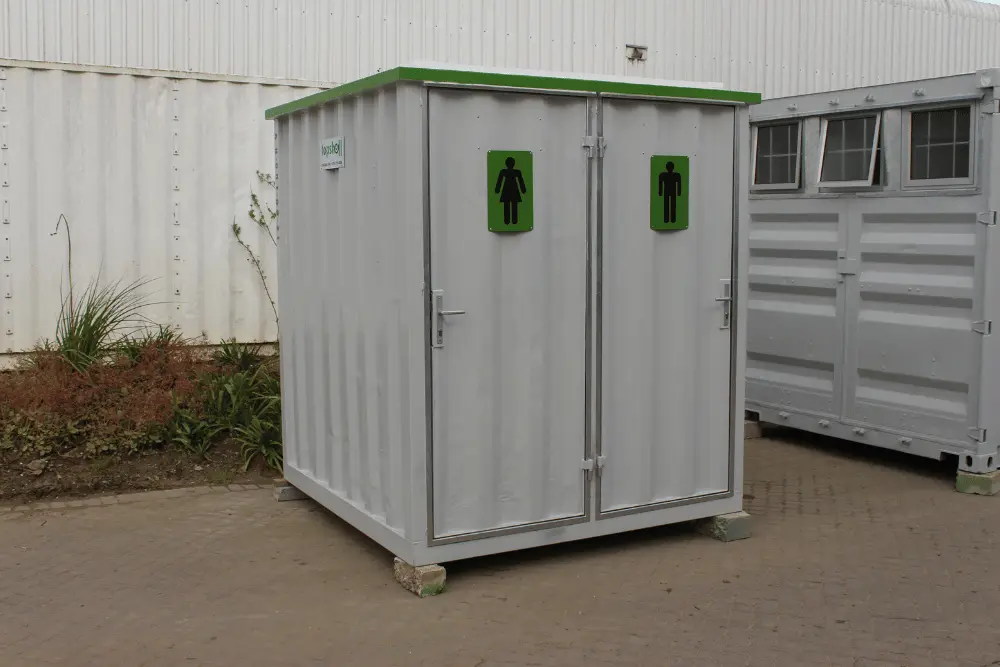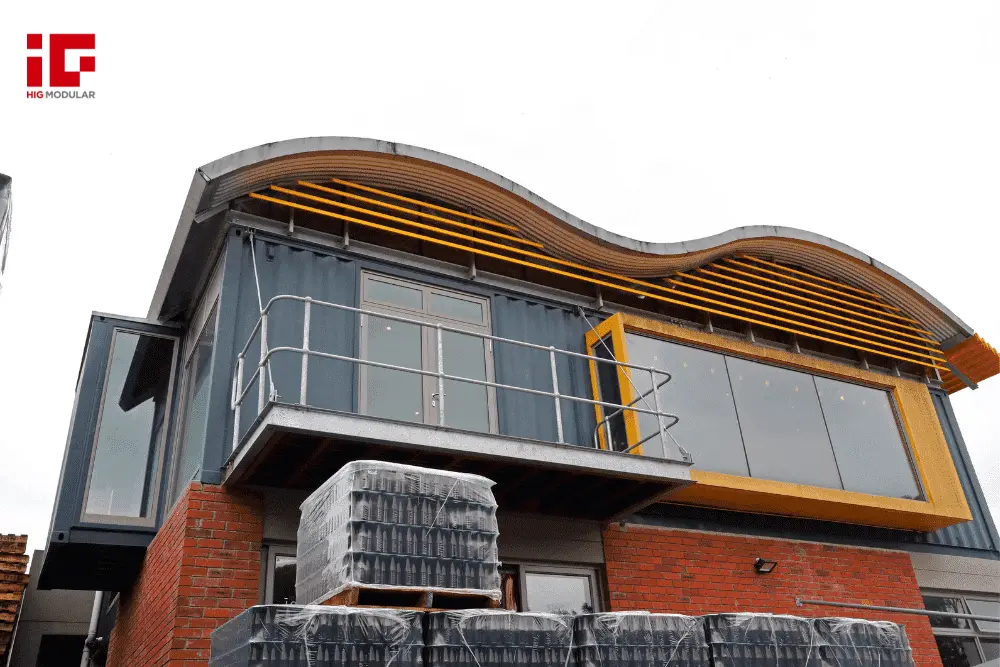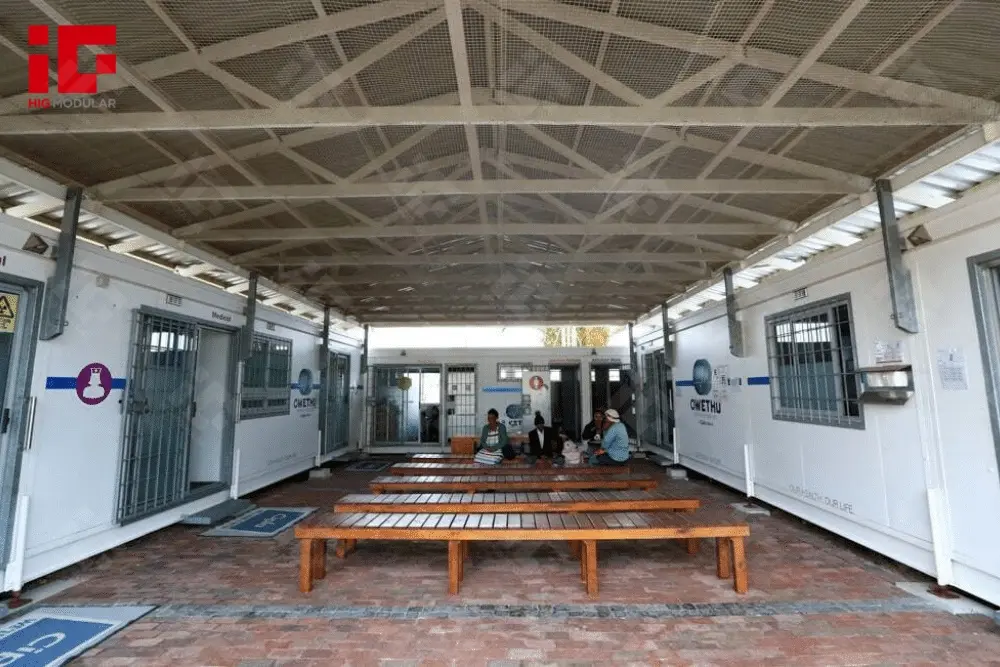News Categories
Featured News
0102030405
Mobile Container Fast Food: Redefining Quick Service with Flexibility and Efficiency
2025-08-19
In an era where the fast food industry grapples with fierce competition and evolving consumer demands, a novel concept has emerged to reshape the landscape: the mobile container fast food restaurant. Constructed from Detachable Container structures, these compact culinary units leverage cost efficiency, mobility, and innovative design to thrive in dynamic markets. More than a passing trend, they represent a strategic evolution in food retail, addressing long-standing challenges of traditional brick-and-mortar establishments.
Cost Efficiency: A Game-Changer for Entrepreneurs
Entering the fast food market has historically required substantial upfront investment in real estate, construction, and permits—costs that often reach six figures. Mobile container fast food units shatter these barriers. Industry research shows that launching a container-based eatery costs 40–60% less than a conventional storefront, driven by prefabricated manufacturing and streamlined assembly.
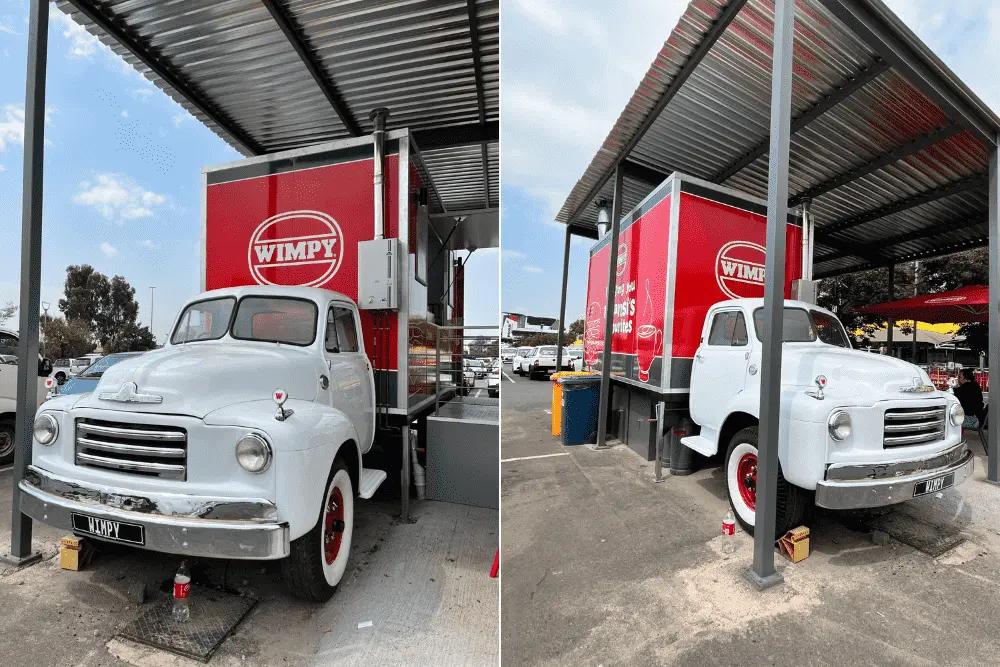
Prefabrication is the linchpin of these savings. Containers are built off-site in controlled factory environments, where precision engineering reduces material waste and labor costs. Unlike traditional builds, which involve months of on-site work, a Container Restaurant can be fully outfitted—with kitchen equipment, seating, and branding—in just 6–8 weeks. This not only slashes construction timelines but also minimizes carrying costs, enabling operators to generate revenue sooner.
Operational expenses follow suit. Without the need for prime real estate leases, operators avoid exorbitant rent payments in high-traffic areas. Instead, they adopt a dynamic approach: positioning the container where demand peaks, whether a bustling office district during morning rush hour or a festival ground on weekends. Lower utility bills, thanks to compact design and energy-efficient appliances, further enhance long-term savings. For aspiring entrepreneurs, this cost structure democratizes entry into the fast food sector, fostering innovation and competition.
Mobility and Adaptability: Chasing the Crowd Seamlessly
The defining trait of mobile container fast food is its mobility. Mounted on wheeled chassis or towable trailers, these units relocate effortlessly, guided by real-time data on consumer behavior. Unlike static restaurants, tethered to fixed locations, container eateries act as “pop-up” destinations, chasing foot traffic patterns and seasonal trends.
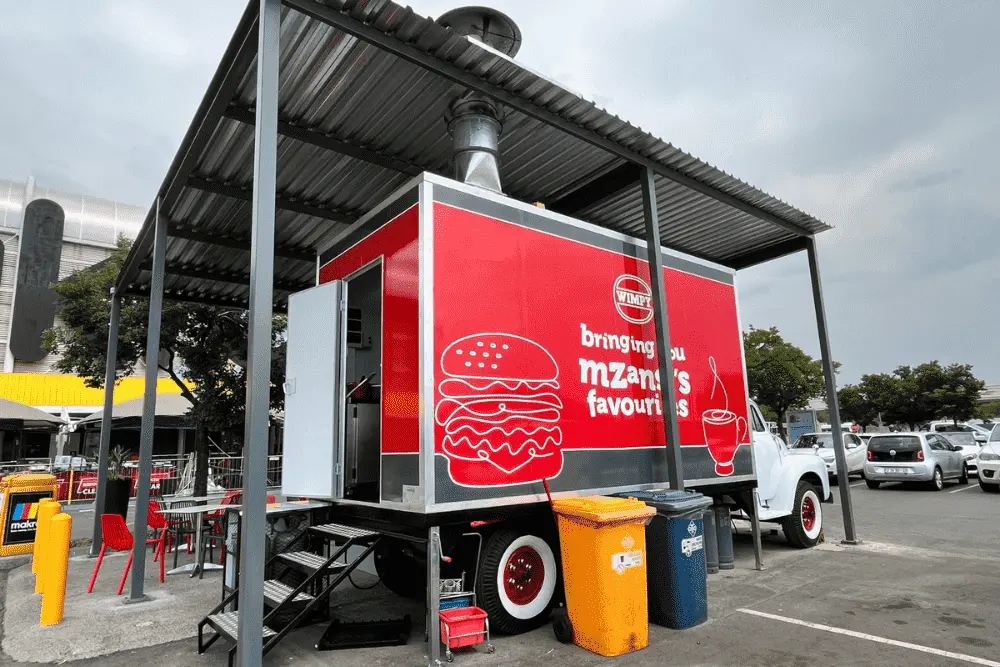
Consider a typical week: Monday to Friday, the unit might park near corporate campuses, catering to office workers seeking quick lunches. By Saturday, it could relocate to a farmers’ market or concert venue, capitalizing on weekend crowds. During holidays or special events—music festivals, sports tournaments—it deploys to event grounds, tapping into captive audiences. This agility maximizes sales potential while avoiding the risk of overcommitting to a single location.
Technology amplifies this mobility. GPS tracking, sales analytics, and social media insights help operators identify high-demand zones in real time. Some advanced units integrate with smart city infrastructure, securing permits for temporary parking in high-footfall areas via digital platforms. For consumers, this means greater convenience—finding favorite meals where and when they need them—while for brands, it translates to unparalleled market responsiveness.
Design Innovation: Maximizing Functionality in Compact Spaces
Despite their small footprint (typically 10–20 feet in length), mobile container restaurants excel in spatial efficiency. Interior layouts are meticulously engineered to accommodate full-scale kitchen operations, storage, and limited seating within confined areas. Modular shelving, foldable countertops, and vertically integrated appliances (e.g., stackable ovens, under-counter refrigerators) optimize every inch of space.

Exterior design serves dual purposes: branding and user experience. Vibrant colors, bold graphics, and illuminated signage turn containers into eye-catching landmarks, attracting customers in crowded environments. Many units feature fold-out serving windows or extended awnings, creating semi-outdoor dining spaces adaptable to weather conditions. This blend of form and function ensures container restaurants are not just functional but memorable, fostering brand loyalty through distinctive design.
Durability is another design priority. Constructed from reinforced steel and weather-resistant coatings, containers withstand extreme temperatures, heavy rain, and strong winds—critical for operations in diverse climates. This ruggedness reduces maintenance costs and extends the unit’s lifespan, making it a reliable long-term investment.
Sustainability: A Greener Approach to Fast Food
The environmental benefits of mobile container restaurants further enhance their appeal. By repurposing shipping containers—an estimated 17 million of which sit unused globally—these units reduce waste and demand for new construction materials. Each container repurposed for food service diverts approximately 2.5 tons of steel from landfills, cutting the carbon footprint of the build process.

Energy efficiency is inherent in their design. Solar panels mounted on roofs can power lighting and small appliances, while insulated panels minimize heating and cooling needs. Many operators adopt eco-friendly practices in daily operations: biodegradable packaging, compostable utensils, and localized sourcing to reduce food miles. Collectively, these measures align with growing consumer demand for sustainable dining, positioning container restaurants as leaders in responsible fast food.
Reshaping the Fast Food Landscape
As mobile container restaurants gain traction, they force the industry to rethink traditional models. Larger chains experiment with container-based pop-ups to test new markets or menu concepts, leveraging their low-risk, high-flexibility nature. Independent operators use them to carve out niches in underserved areas or at events.
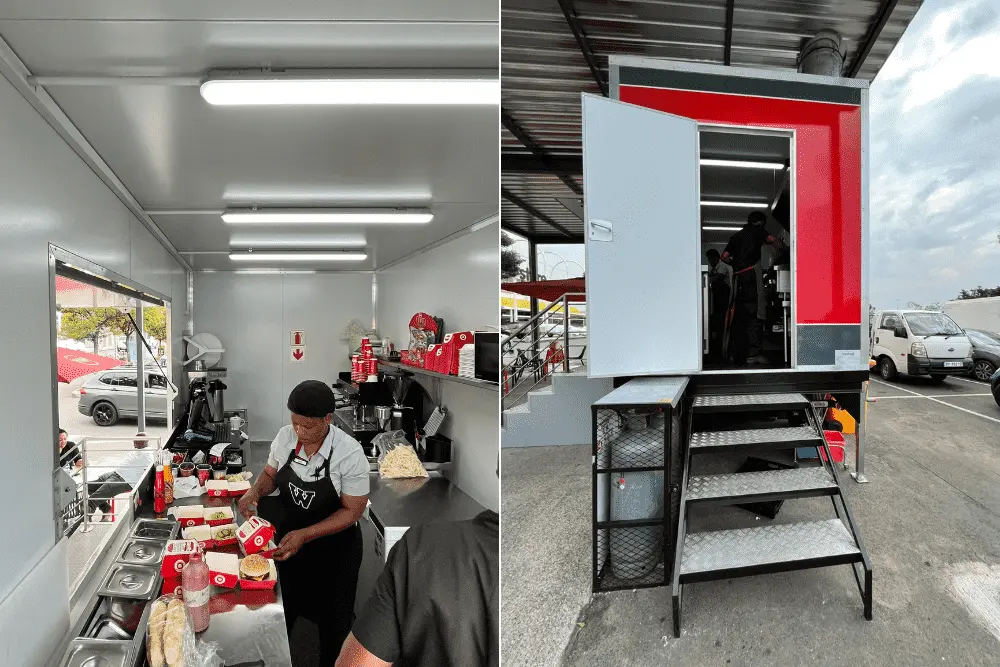
The rise of these units signals a broader shift in consumer expectations: convenience, agility, and sustainability are no longer optional but essential. For the fast food sector, the mobile container revolution is more than a trend—it’s a blueprint for survival in an increasingly dynamic marketplace. As technology advances and regulations adapt, these compact culinary powerhouses will continue to redefine how food is served, one movable container at a time.



